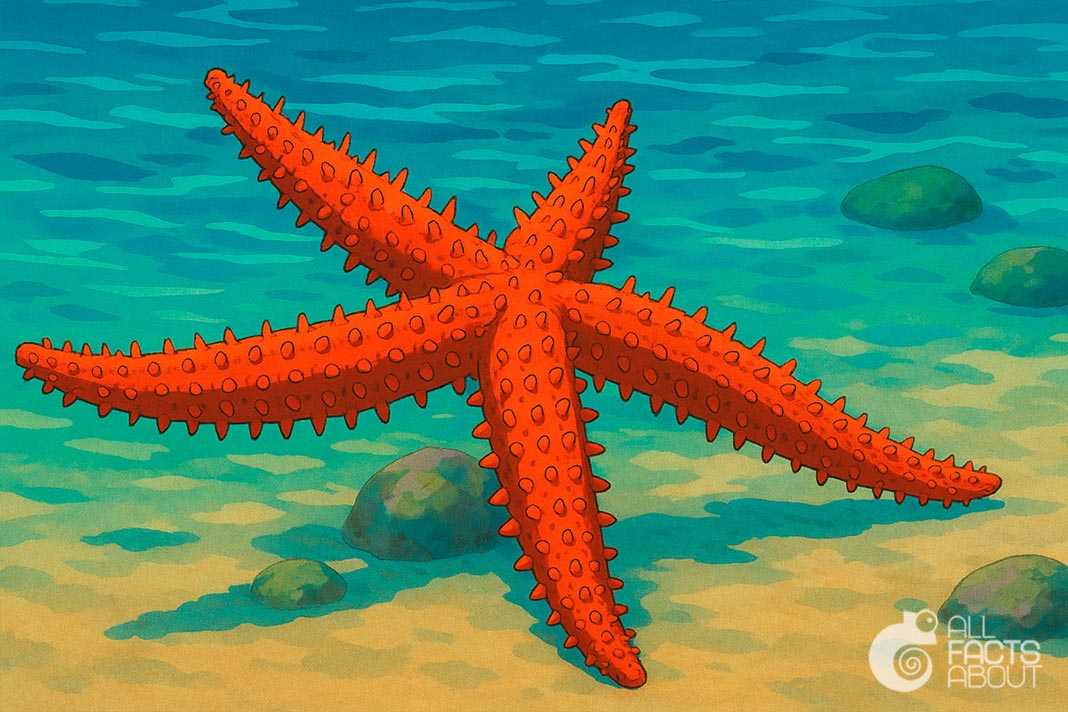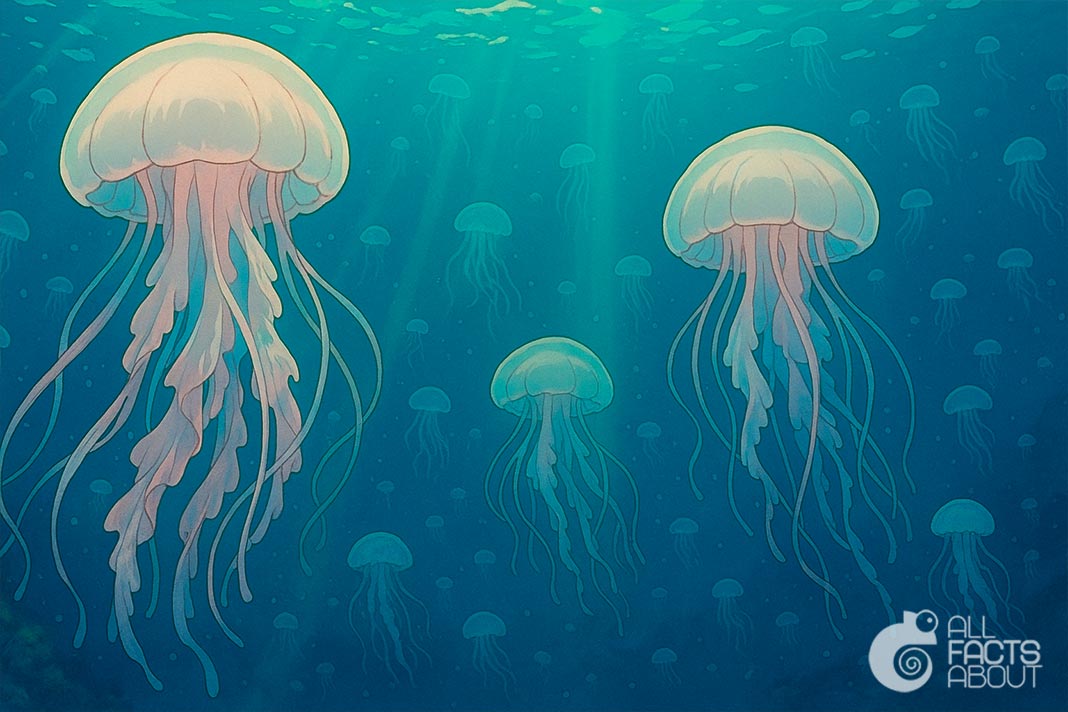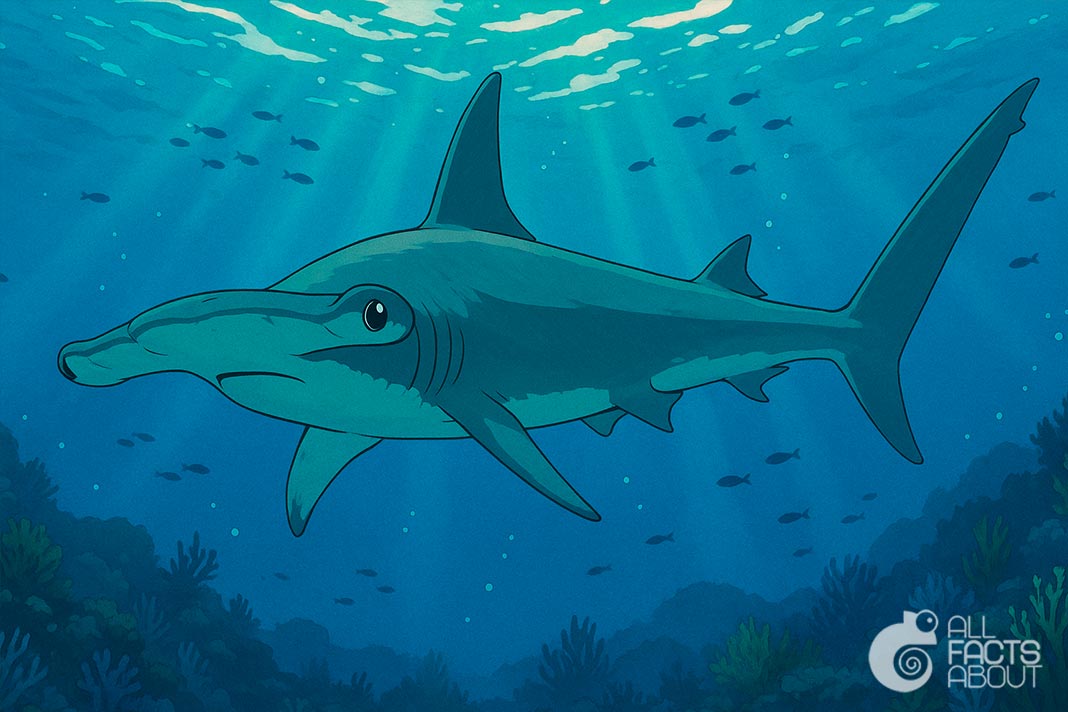We often overlook the fascinating creatures of the ocean, yet starfish are among the most intriguing marine animals. Known for their unique shape and abilities, starfish play an important role in underwater ecosystems and continue to amaze scientists and nature lovers alike.
1. Starfish, also called sea stars, belong to the echinoderm family, which also includes sea urchins and sand dollars. They usually have five arms, but some species can have up to 40.
2. When threatened, some starfish can drop parts of their arms to escape predators. Later, they can regenerate the lost limbs—and in some cases, a whole new starfish can grow from a single severed arm.
3. Starfish don’t have a heart or blood. Instead, they use seawater, pumped through their vascular system, to transport nutrients and oxygen.
4. Furthermore, starfish don’t even have a brain. Instead, they rely on a simple nerve ring and radial nerves in each arm.
5. Starfish have eyespots at the tips of their arms that can detect light and dark, helping them navigate and avoid predators in their underwater environment.

The starfish Labidiaster annulatus can have around 40 arms (rays).
7. Starfish have an extraordinary sense of smell and can detect food from a distance, guiding them through the water to their next meal with surprising accuracy.
8. There are around 2,000 known species of starfish found in oceans all over the world, from tropical coral reefs to deep cold seas near the poles. Starfish can be found at various depths, from shallow tidal pools to depths of over 6,000 meters (almost 20,000 feet) in the ocean.
9. Most starfish species reproduce through external fertilization in the water. Some can also reproduce asexually by splitting their bodies and growing into new individuals.
10. Some starfish can live as long as 35 years in the ocean. How long they live mostly depends on where they live and how much food they can find.
11. Their tough, spiny skin protects them from predators such as fish, crabs, and sea otters. The skin also contains calcium carbonate, giving starfish their rigid structure.
11. Most starfish are harmless to humans, but some, like the crown-of-thorns starfish, have sharp venomous spines. A sting from this species can cause pain, swelling, and even nausea, so it's best to admire starfish without touching them.




